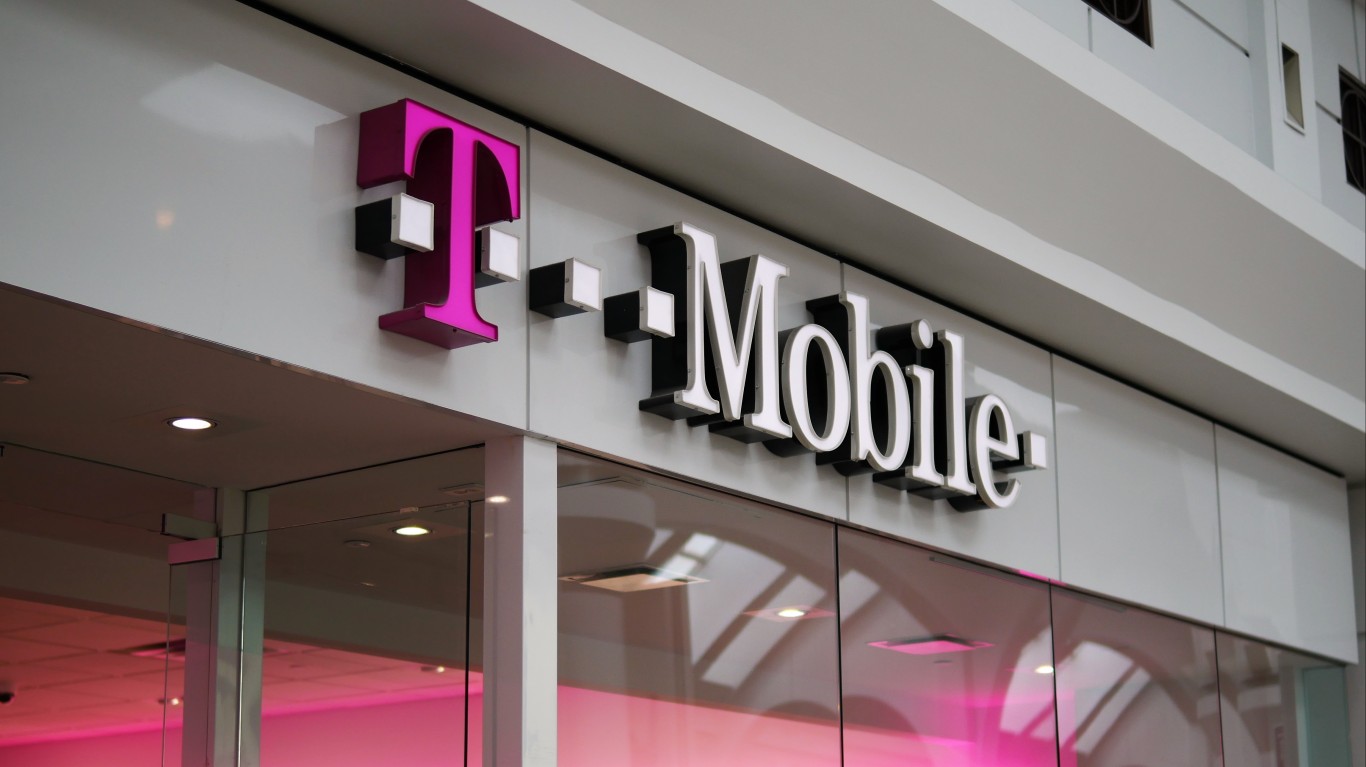 Nokia (NOK) turned in a bad quarter. Net profit in the fourth quarter dropped to 576 million euros ($751 million), or 0.15 euro a share, from 1.84 billion euros, or 0.47 euro a share, a year earlier.
Nokia (NOK) turned in a bad quarter. Net profit in the fourth quarter dropped to 576 million euros ($751 million), or 0.15 euro a share, from 1.84 billion euros, or 0.47 euro a share, a year earlier.
Revenue fell 19% to 12.66 billion euros, which was below most forecasts.
The most frightening thing Nokia had to say is that its handsets shipped in the quarter fell 15% to 113.1 million units. Nokia is the largest handset company in the world with about 40% of the market.
The Nokia numbers come one day after Ericsson (ERIC), the world’s largest maker of wireless infrastructure, posted poor results due to low demand.
Taken together the results from the two firms show that the once-mighty cellular business is in deep trouble.
Analysts had hoped that between the demand for handsets from first-time users in emerging markets and the upgrade cycle in established markets that the wireless phone industry would be okay. Many people in large nations such as China and India do not have phones and new 3G networks should encourage handset sales over the next several years.
In markets like the US, Japan, and EU, consumers are endlessly upgrading to new products like the Apple (AAPL) iPhone.
Those cycles have stopped. The fact that Ericsson is seeing a drop in demand from carriers means that expansion in the industry will be low for a very long time. Infrastructure is expensive, takes a long time to build, and a longer time to install. For cellular carriers to cut capex they must believe that their business will be depressed for several years.
The stocks in wireless companies, both those serving the consumers and those serving the carriers, have been riding up for almost a decade. But,the nearly endless expansion of the consumption of cellphones has come to an abrupt end.
Douglas A. McIntyre
Are You Still Paying With a Debit Card?
The average American spends $17,274 on debit cards a year, and it’s a HUGE mistake. First, debit cards don’t have the same fraud protections as credit cards. Once your money is gone, it’s gone. But more importantly you can actually get something back from this spending every time you swipe.
Issuers are handing out wild bonuses right now. With some you can earn up to 5% back on every purchase. That’s like getting a 5% discount on everything you buy!
Our top pick is kind of hard to imagine. Not only does it pay up to 5% back, it also includes a $200 cash back reward in the first six months, a 0% intro APR, and…. $0 annual fee. It’s quite literally free money for any one that uses a card regularly. Click here to learn more!
Flywheel Publishing has partnered with CardRatings to provide coverage of credit card products. Flywheel Publishing and CardRatings may receive a commission from card issuers.
Thank you for reading! Have some feedback for us?
Contact the 24/7 Wall St. editorial team.



